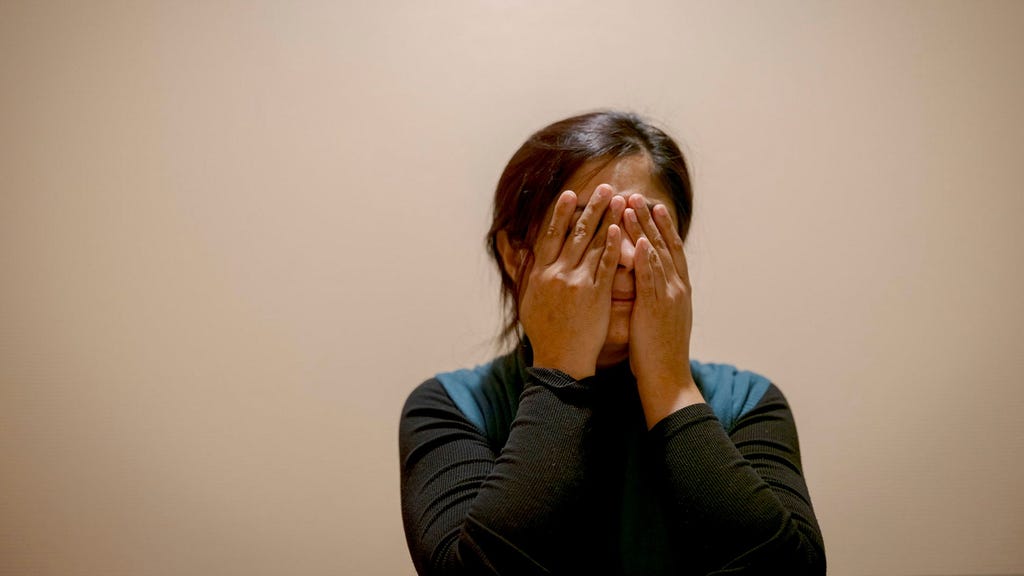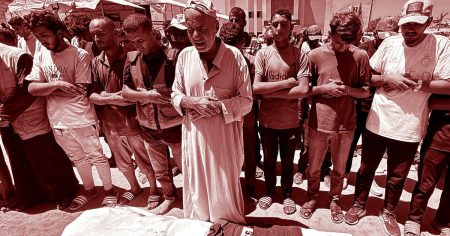The apprehension of Sadia Umar on a seemingly ordinary summer day aboard a ferry in Vaxholm, Sweden, amidst the carefree atmosphere of a family ice cream outing, raises profound questions about the Swedish immigration system. Umar, a law-abiding, tax-paying healthcare worker and mother of three, has been detained for over six months, with her detention recently extended, facing deportation to Pakistan. This jarring contrast between the normalcy of her life and the severity of the action taken against her underscores the complexities and potential injustices inherent within immigration policies.
The rationale behind Umar’s impending deportation revolves around the perceived religious status of her husband, a Swedish citizen. Despite documentation affirming his Christian faith, authorities have questioned its authenticity. This skepticism has significant ramifications, as it negates the potential danger Umar, a Muslim, might face upon returning to Pakistan. In Pakistan, interfaith marriages can lead to persecution and harassment, a reality seemingly disregarded by Swedish authorities. The dismissal of her husband’s professed faith creates a domino effect, undermining the argument for her and her children’s safety and right to remain in Sweden.
Further complicating the situation is the authorities’ assessment of the children’s primary attachment. Due to a period of separation between Umar and her husband, the authorities have determined the children’s bond with their mother to be stronger than with their father. This conclusion has been used to justify the children’s inclusion in the deportation order, a decision with potentially devastating consequences. One of Umar’s children is autistic, has epilepsy, and a severe intellectual disability. According to reports from the Swedish Ministry of Foreign Affairs, such conditions would lead to a life of marginalization and exclusion in Pakistan, effectively denying the child access to necessary support and opportunities.
The most perplexing aspect of this case is the justification provided for these actions: ”the best interests of the children.” It is difficult to reconcile the claim of acting in the children’s best interests with the reality of their situation. How can separating children from their mother, their primary caregiver, and uprooting them from the only home they have ever known to a country where they have no memories, no linguistic familiarity, and face potential societal exclusion, possibly be construed as beneficial? This disconnect between stated intentions and the practical impact of the decision highlights the troubling potential for bureaucratic reasoning to override human considerations.
The official narrative further unravels when considering Umar’s established life in Sweden. She is a qualified specialist nurse, holds a position as a coordinator at a dementia care facility, and contributes to society through her work and taxes. Her children have grown up and attended school in Sweden, cultivating a sense of Swedish identity that is now being abruptly challenged. Despite their integration into Swedish society, the threat of deportation looms large, raising the question: why? What compelling reason justifies tearing apart a family and sending them to a potentially hostile environment despite the mother’s contributions and the children’s established lives? The lack of a clear and convincing answer underscores the perceived arbitrariness of the decision.
The details of this case, as presented, paint a picture of bureaucratic entanglement, where rigid adherence to regulations seemingly overshadows human compassion and common sense. While there may be unknown nuances or legal technicalities that contribute to this decision, the overall impression is one of profound injustice. The lack of transparency and the seemingly illogical conclusions drawn by the authorities necessitate a deeper examination of the processes and priorities within the Swedish immigration system. The case of Sadia Umar serves as a stark reminder of the potential for immigration policies to inadvertently inflict harm on individuals and families, even those who have demonstrably integrated into society and pose no threat. This incident demands further scrutiny and raises fundamental questions about the balance between bureaucratic procedure and human well-being within the realm of immigration.














